Remember the last time you sat through a boring training session where the instructor droned on about topics you already knew, while your colleague next to you looked completely lost? Well, those days might soon be behind us. Technology is finally catching up to what educators have known for decades – that everyone learns differently, at different paces, and in different ways.
The eLearning industry has evolved dramatically over the past two decades, and what’s happening now with artificial intelligence and machine learning feels different. It’s not just another flashy trend that’ll disappear in a few years. We’re looking at a fundamental shift in how education works, and frankly, it’s about time.
What Exactly Are We Talking About Here?
Let’s break this down in the simplest terms possible, because too many tech presentations throw around buzzwords without explaining what they actually mean.
Artificial Intelligence (AI) is basically teaching computers to think and make decisions like humans do. Imagine having a super-smart assistant who never gets tired, never forgets anything you’ve told them, and can process massive amounts of information in seconds. That’s AI in a nutshell.
Machine Learning (ML) takes this one step further. Instead of programming a computer with specific instructions for every possible situation, we let it learn from experience – just like we do. The more information it sees, the better it gets at making predictions and decisions. Think of it as a really dedicated student who studies every piece of data 24/7 and never forgets what they’ve learned.
In the world of online learning, these technologies work together to create something we’ve never had before: educational experiences that actually adapt to each person’s unique needs and learning style.
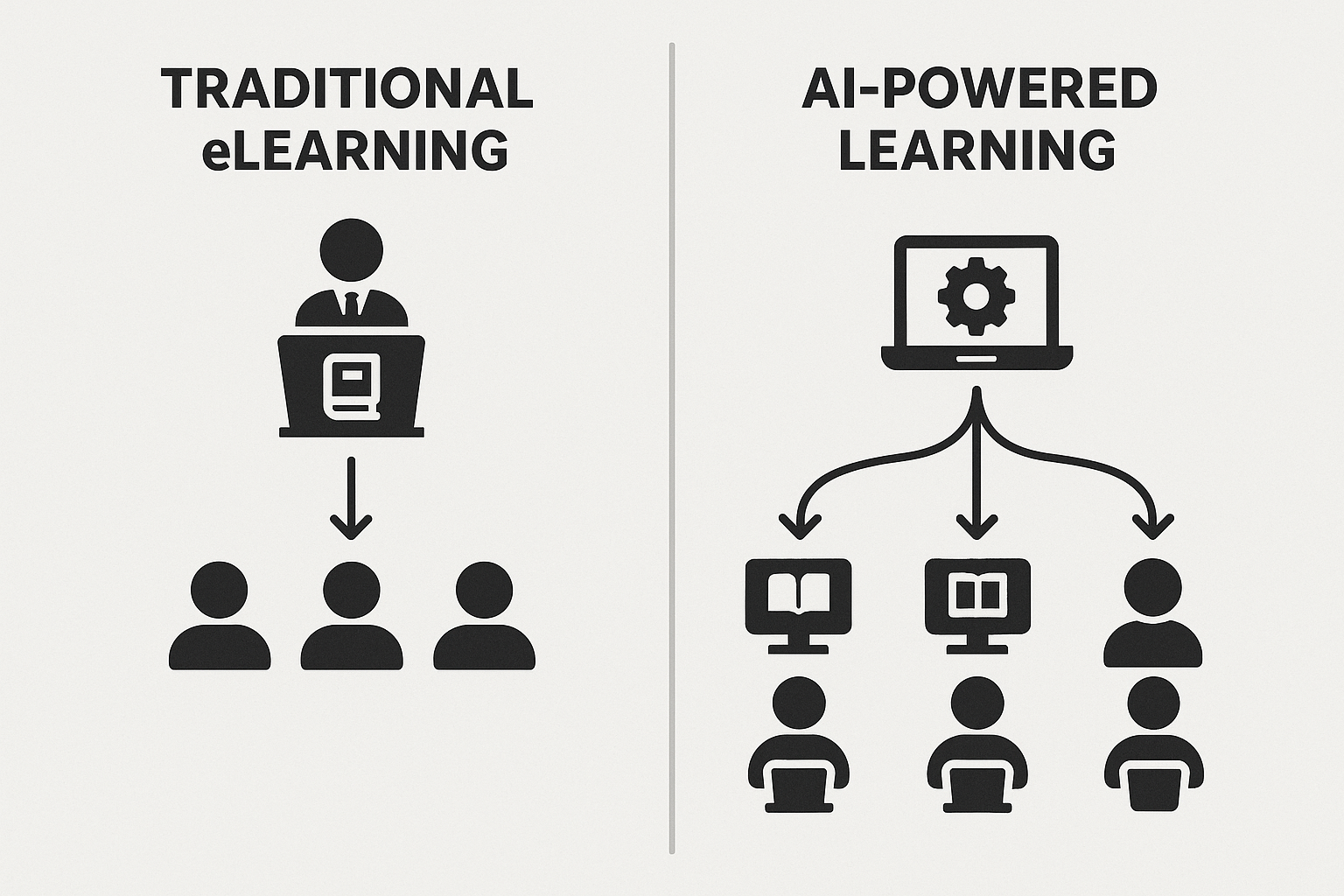
Where We Stand Today
Here’s what’s already happening in classrooms and training rooms around the world, and you might be surprised by how much AI is already part of your learning experience.
Learning That Actually Fits You
Modern learning platforms are getting remarkably good at figuring out how you learn best. Do you absorb information better through videos or by reading? Are you a morning person or do you focus better in the evening? Do you need to see examples before understanding concepts, or do you prefer diving straight into the theory?
AI systems are quietly tracking these patterns and adjusting your learning experience accordingly. It’s like having a personal tutor who pays attention to every little detail about how your brain works.
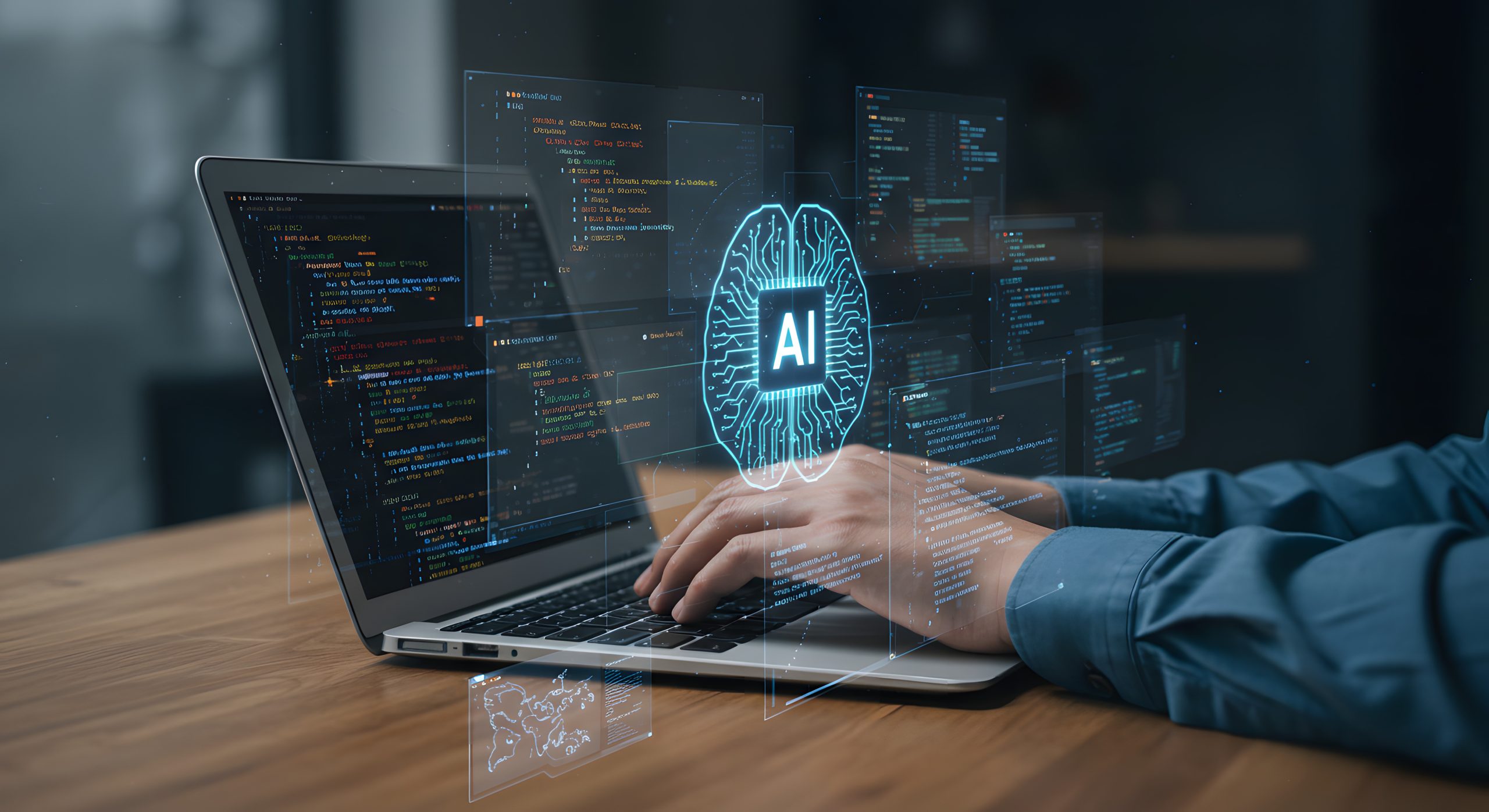
Your Personal AI Teacher
Virtual tutors aren’t science fiction anymore – they’re here, and they’re surprisingly helpful. These digital teachers can answer your questions at 3 AM, explain the same concept fifteen different ways until it clicks, and never once make you feel stupid for asking. They’re patient in a way that honestly puts some human instructors to shame.
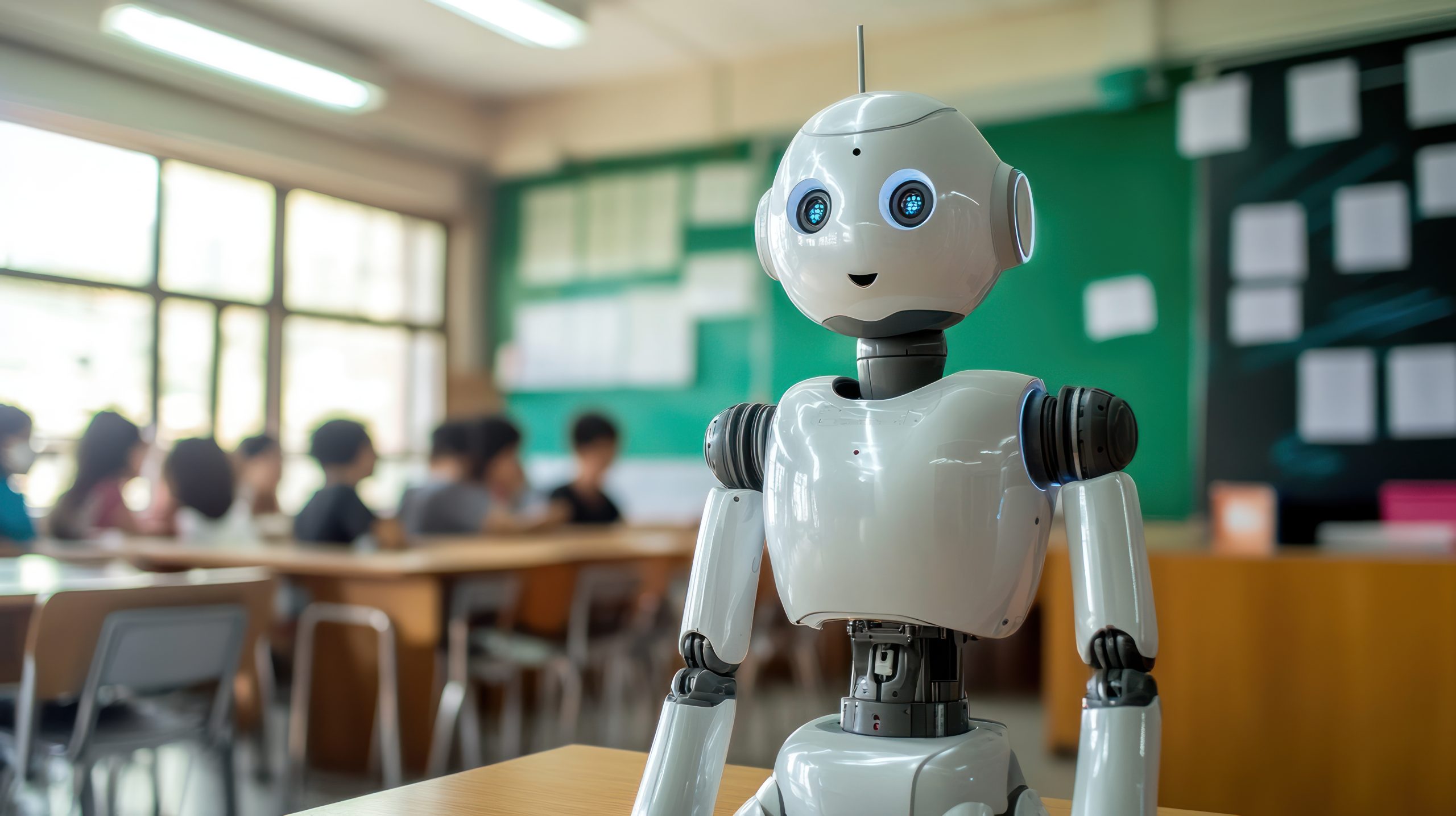
Instant Feedback That Actually Helps
Remember waiting weeks to get your essays back, covered in red ink that somehow made you feel worse instead of better? AI can now read your work and give you detailed, constructive feedback within minutes. Sure, it might miss some of the nuanced insights a human teacher would catch, but it’s remarkably good at spotting common problems and suggesting improvements.
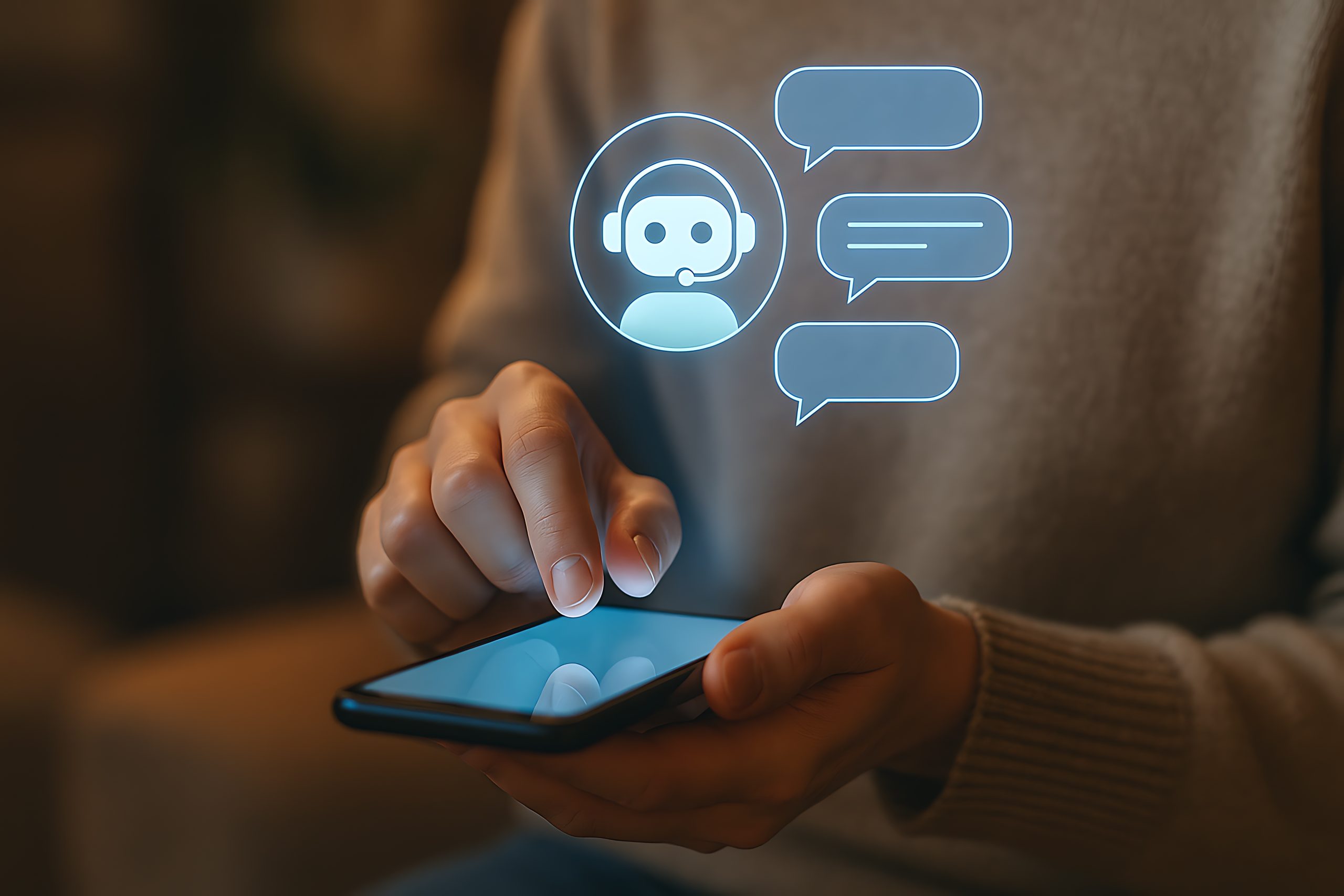
The Technology Behind the Magic
Let’s walk through the key technologies making all this possible, without getting too deep into the technical weeds:
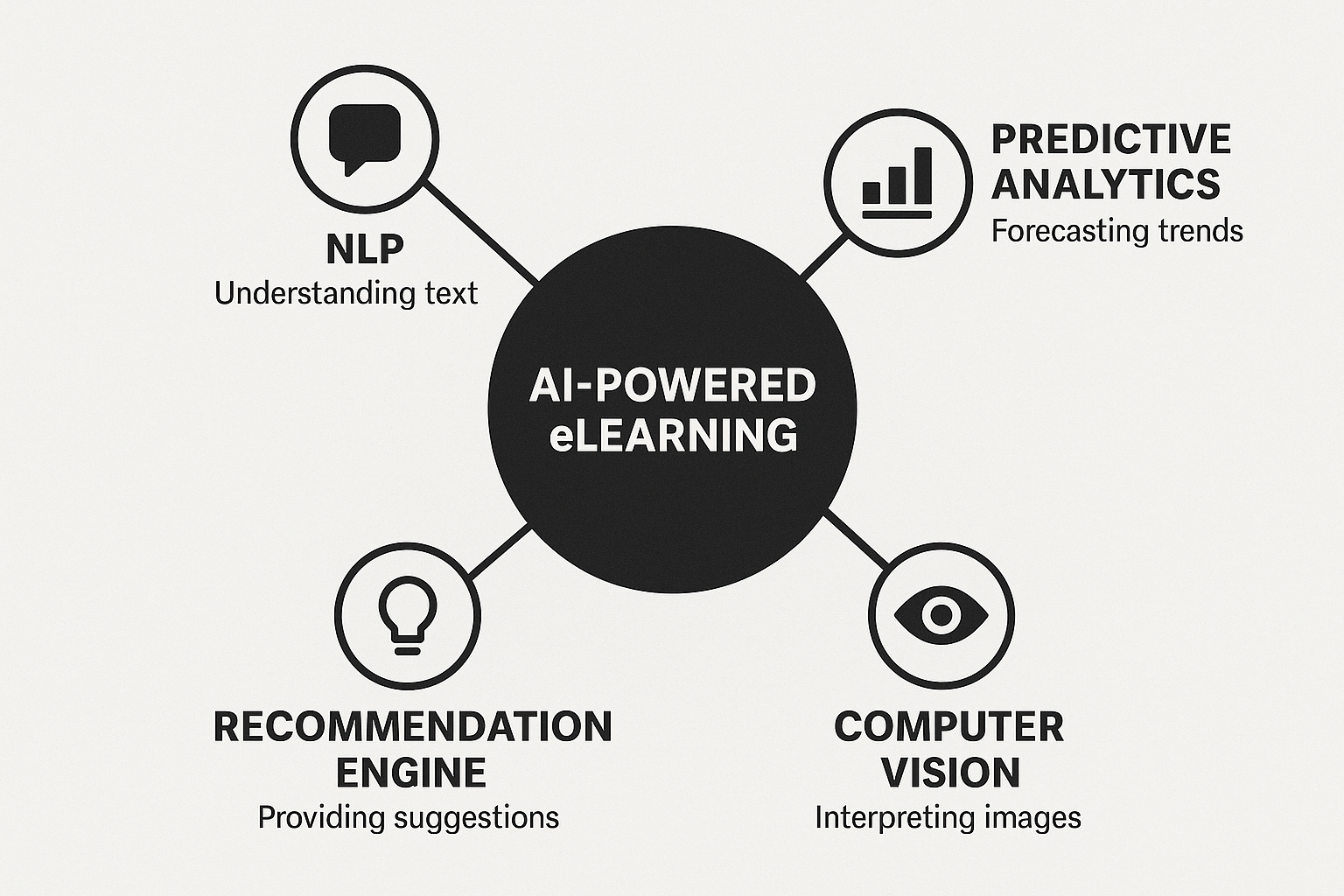
1. Natural Language Processing (NLP)
This is what lets computers understand and respond to human language in a natural way. In learning environments, it powers those chatbots that can actually have meaningful conversations about course content, analyze your writing, and answer questions in ways that make sense.
2. Predictive Analytics
This might be the most powerful application yet. By looking at patterns in how thousands of students learn, AI can predict who’s likely to struggle with upcoming material or who might be at risk of dropping out entirely. It’s like having an early warning system that lets teachers step in with help before small problems become big ones.
Research shows that predictive analytics can identify at-risk students with remarkable accuracy, with some studies demonstrating the ability to correctly classify 89% of students as enrolled or dropped while accurately identifying 98.1% of dropouts, according to research published in ScienceDirect.
3. Computer Vision
This technology lets AI “see” and understand visual content. In education, it can watch how engaged students are during video calls, track how they interact with visual materials, and even grade handwritten assignments. It’s like giving the computer eyes that can pick up on visual cues.
4. Smart Recommendations
You know how Netflix somehow always knows exactly what show you want to watch next? The same technology is now suggesting courses, resources, and learning activities based on your interests, goals, and past learning behavior.
Why This Actually Matters
The benefits of AI in learning go way beyond just cool technology. We’re talking about solving real problems that have plagued education for generations:
| What We Had Before | What AI Makes Possible |
| Same content for everyone | Personalized learning paths for each individual |
| Waiting days or weeks for feedback | Instant, detailed responses to your work |
| Help only during office hours | 24/7 support whenever you need it |
| Generic progress reports | Real-time insights into exactly how you’re doing |
| Fixed course sequences | Dynamic content that adapts to your performance |
| One-size-fits-all tests | Assessments that match your learning style |
1. Finally, True Personalization
Every person learns differently – that’s not just feel-good education speak, it’s scientific fact. Some people need to see the big picture before diving into details. Others need to master each small step before moving forward. Some learn by doing, others by discussing, and still others by quiet reflection.
For the first time in history, we can actually accommodate all these different learning styles at scale. If you’re struggling with a concept, the system might offer additional practice, connect you with study groups, or present the information in a completely different format. If you’re racing ahead, it can accelerate your pace or introduce more challenging material to keep you engaged.
2. Breaking Down Barriers
AI is making education more accessible than ever before. Voice recognition helps people who have trouble typing. Text-to-speech assists those with visual impairments. Real-time translation opens up content to non-native speakers. These aren’t just nice-to-have features – they’re opening doors for learners who were previously left behind.
4. Making Quality Education Affordable
Traditional classroom instruction has natural limits – one teacher can only help so many students at once. AI tutors can assist thousands of learners simultaneously, potentially making high-quality education available to people who could never afford it before.
According to UNESCO, over 244 million children and youth worldwide still lack access to school. AI-driven mobile and offline learning tools have the potential to reduce this gap dramatically.
5. Learning from the Data
For the first time, we have real data about how learning actually happens. Teachers can see exactly where students get stuck, which explanations work best, and how to improve their courses based on evidence rather than gut feelings. It’s like finally having a window into the black box of education.
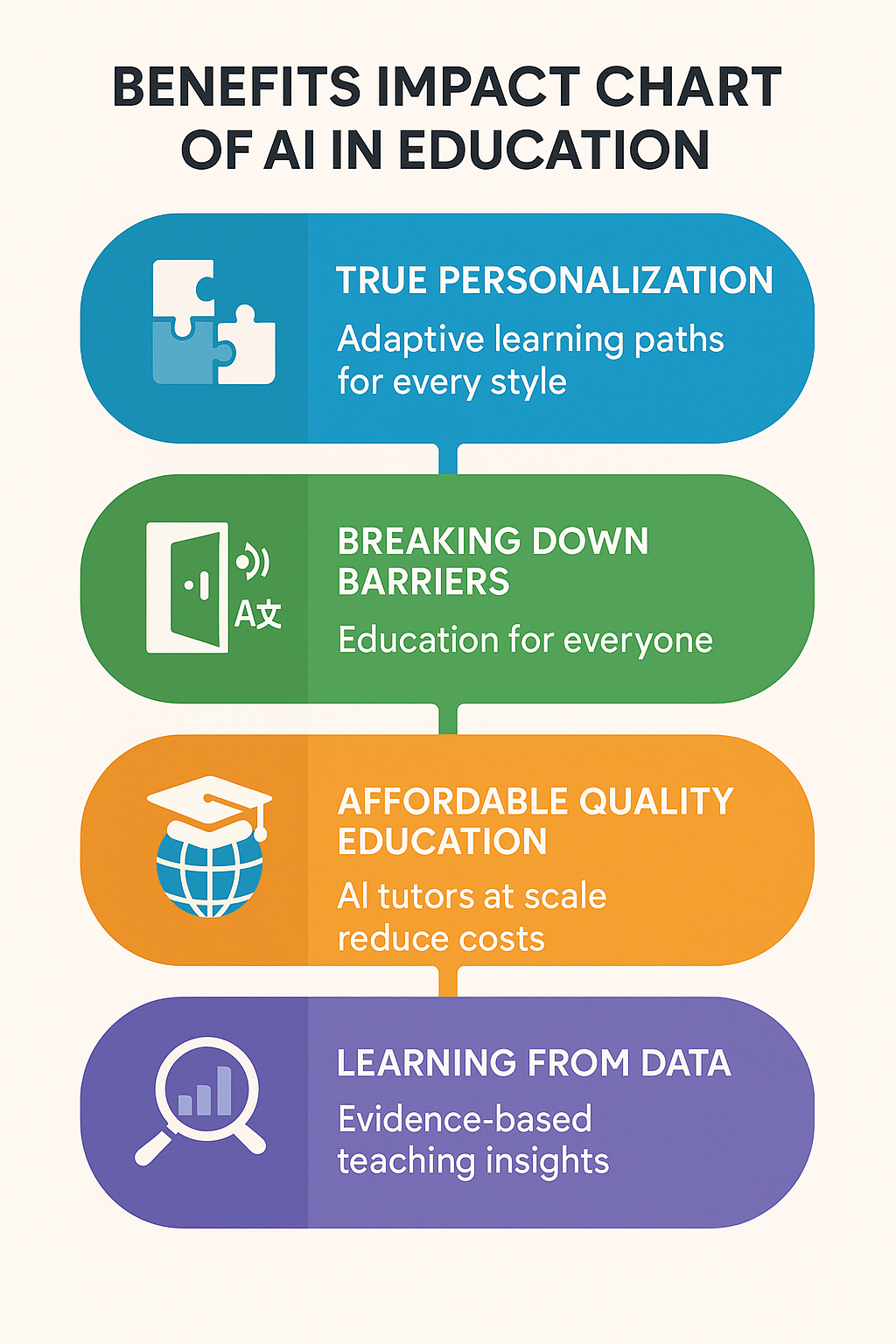
Real-World Success Stories
Here are some examples of how this is playing out in the real world:
Corporate Training Revolution
IBM, a global technology leader, faced challenges onboarding new developers due to the wide range of skill levels among recruits. Their traditional, one-size-fits-all training approach was inefficient and often frustrating for both new hires and training managers.
To address this, IBM implemented an AI-driven learning system powered by Watson, which assessed each employee’s existing knowledge and designed personalized learning paths. Some employees focused on foundational programming skills, while others advanced directly to complex architecture topics or learned IBM-specific tools and workflows.
The result? New hires reached productivity milestones significantly faster, and satisfaction with the onboarding experience saw a notable boost—demonstrating how AI can make corporate training smarter, faster, and more engaging.
Language Learning Gets Personal
Apps like Duolingo have revolutionized language learning by using AI to adapt to each person’s progress. The system tracks which words you’re likely to forget and presents them for review at exactly the right intervals. It adjusts lesson difficulty based on your performance and uses speech recognition to help perfect your pronunciation with instant feedback.
Universities Get Smarter
Universities are implementing AI systems that can spot plagiarism more effectively than ever before, grade essays with surprising accuracy, and identify students who need extra support before they fail. Some schools are using chatbots to handle routine student questions, freeing up human staff to focus on more complex issues that require empathy and judgment.
K-12 Gets Adaptive
Elementary and middle schools are using AI to create math and reading programs that adjust difficulty in real-time. Instead of moving the whole class along at the same pace – leaving some kids bored and others confused – these systems ensure each student is working at their optimal challenge level.
The Challenges We Must Address
It would be irresponsible not to discuss the real challenges and limitations we’re dealing with:
| Challenge | What’s At Stake | What Can Be Done |
| Data Privacy | Student information could be misused | Implementing strict protection policies and transparency requirements |
| Digital Divide | Some students lack access to technology | Developing offline-capable systems and mobile-friendly platforms |
| High Initial Costs | Schools and companies can’t afford the upfront investment | Creating cloud-based solutions and gradual implementation strategies |
| Teacher Resistance | Educators feel threatened or unprepared | Providing training and emphasizing AI as a teaching assistant, not replacement |
| Algorithmic Bias | AI might perpetuate existing inequalities | Ensuring diverse development teams and regular bias testing |
Privacy Concerns Are Real
AI systems need lots of data to work effectively, which raises legitimate questions about student privacy. Who can access this information? How long is it stored? What happens if there’s a data breach? These aren’t just technical questions – they’re about fundamental rights and trust.
The good news is that many organizations are taking this seriously, implementing strong data protection measures and being transparent about how information is used. But we need to stay vigilant.

Not Everyone Has Equal Access
Here’s an uncomfortable truth: not everyone has high-speed internet or the latest devices. Students in rural areas or from lower-income families might be left behind by AI-powered learning systems, potentially making educational inequality worse instead of better.
This is why many developers are working on offline-capable systems and ensuring their platforms work well on older devices and slower internet connections.

The Human Connection Still Matters
There’s a real risk of becoming so enamored with technology that we forget education is fundamentally about human connection. AI should enhance human teaching, not replace it. The best learning experiences will always combine technological efficiency with human empathy, creativity, and wisdom.

What’s Coming Next
Based on current research and pilot programs, here are the trends expected to dominate the next few years:
Learning You Can Touch and Feel
Virtual Reality (VR) and Augmented Reality (AR) powered by AI are going to create incredibly immersive learning experiences. Imagine studying ancient Rome by actually walking through historically accurate reconstructions or learning surgical procedures by practicing on AI-powered virtual patients that analyze your techniques and respond in real time with realistic physiological reactions.
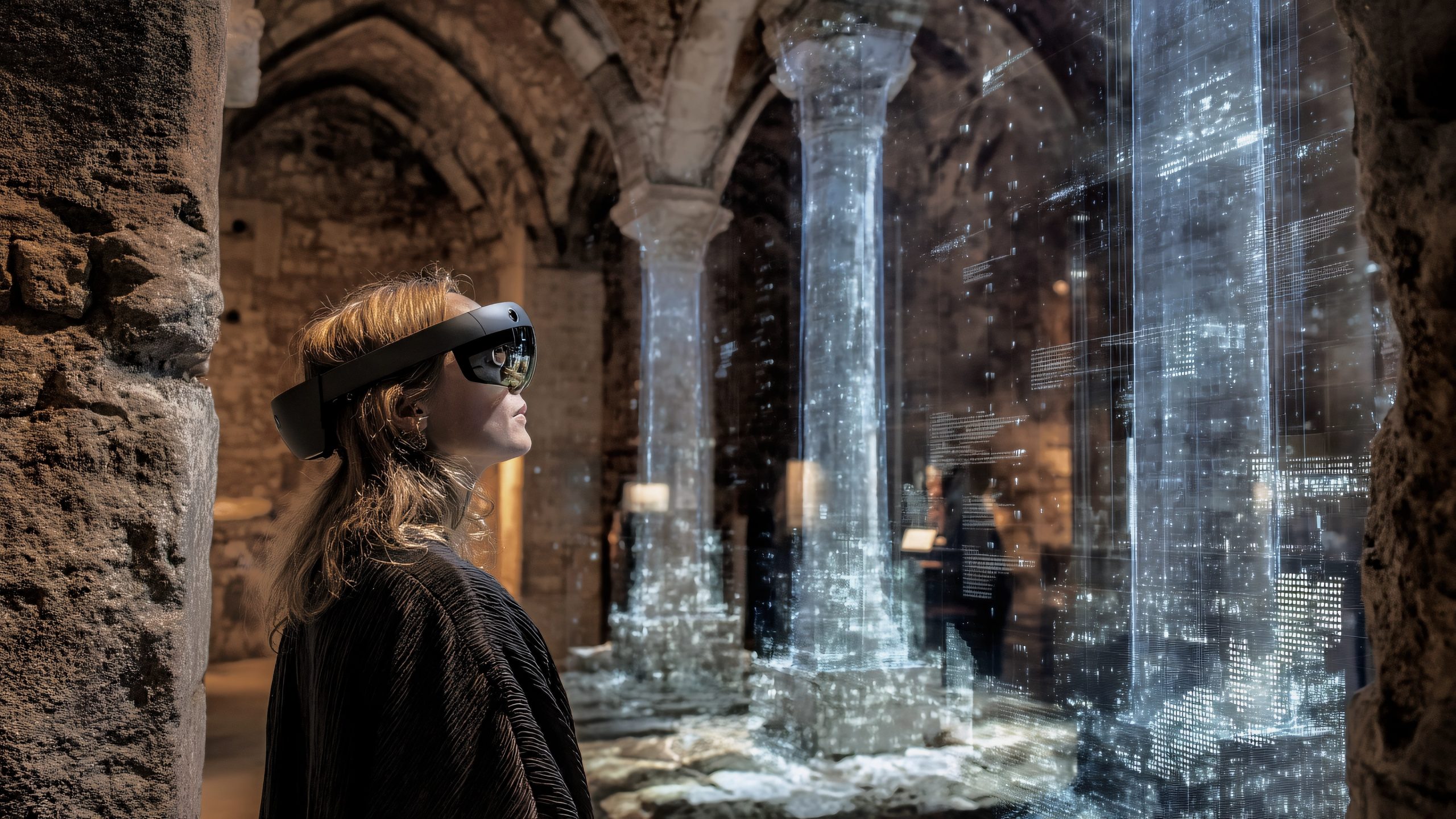
AI That Understands Your Emotions
Future systems will be able to recognize when you’re frustrated, bored, excited, or confused, and respond appropriately. Struggling with a concept? The AI might offer encouragement or switch to a different teaching approach. Breezing through material? It might introduce gamification elements or more challenging content to keep you engaged.
For example, if a student is showing signs of boredom while going through a math module, the AI could dynamically introduce a timed quiz or a competitive challenge with peers to re-capture their attention and improve retention through active participation.
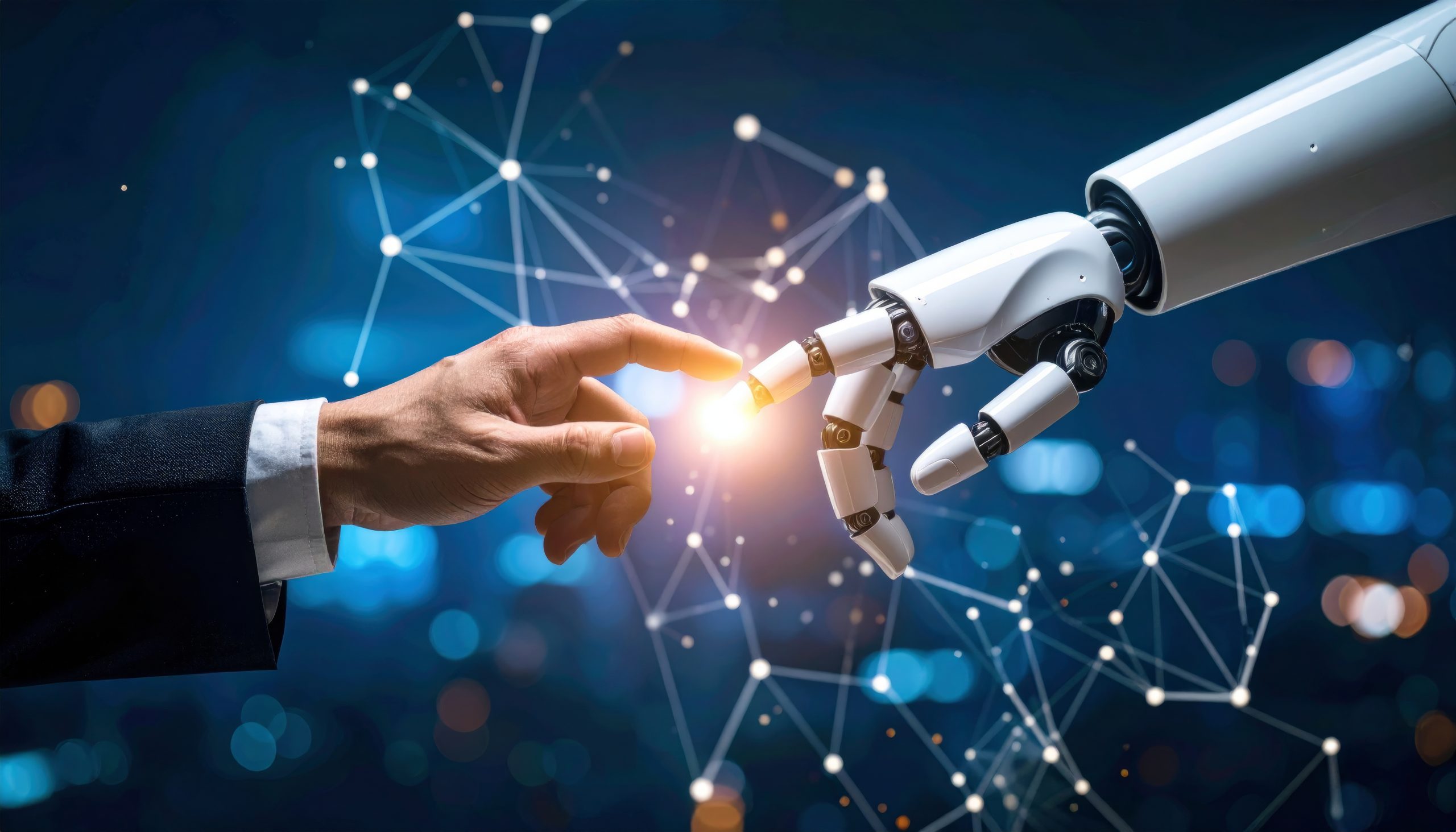
Learning in Bite-Sized Moments
AI will elevate micro-learning by analyzing behavior patterns, schedules, and performance data to deliver precisely the right information at the most effective time. For instance, your phone might use AI to recognize your daily commute routine and prompt you to review Spanish vocabulary when you’re most receptive to learning. Similarly, it could detect gaps in your professional development and suggest quick tips between meetings, or recommend key concept reviews just before you’re scheduled to apply them in real-world scenarios.
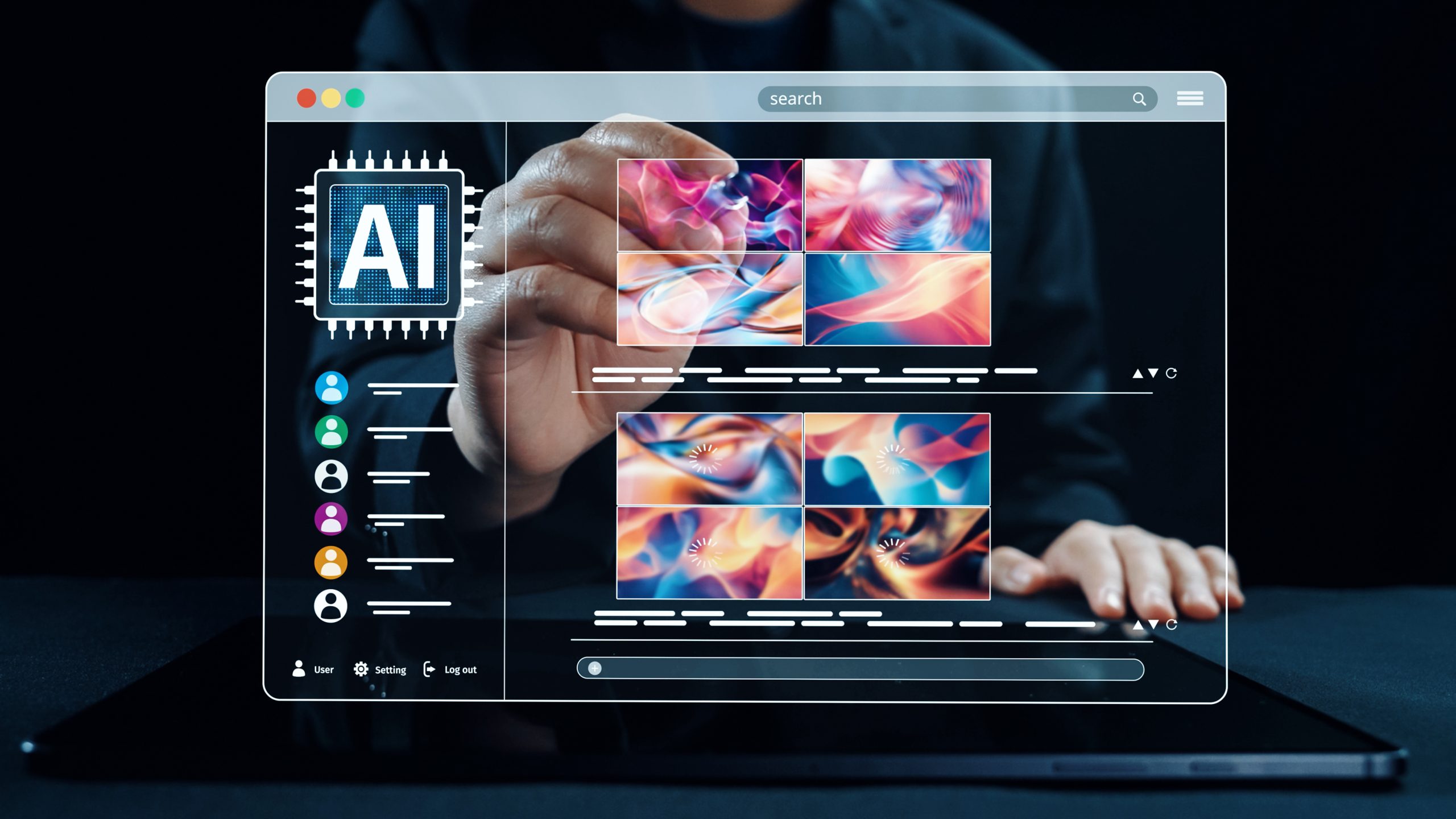
Career Guidance That Actually Works
AI will analyze your learning patterns, interests, and performance to suggest career paths you might not have considered and recommend skills to develop. It might even identify emerging job trends and help you prepare for careers that don’t exist yet.
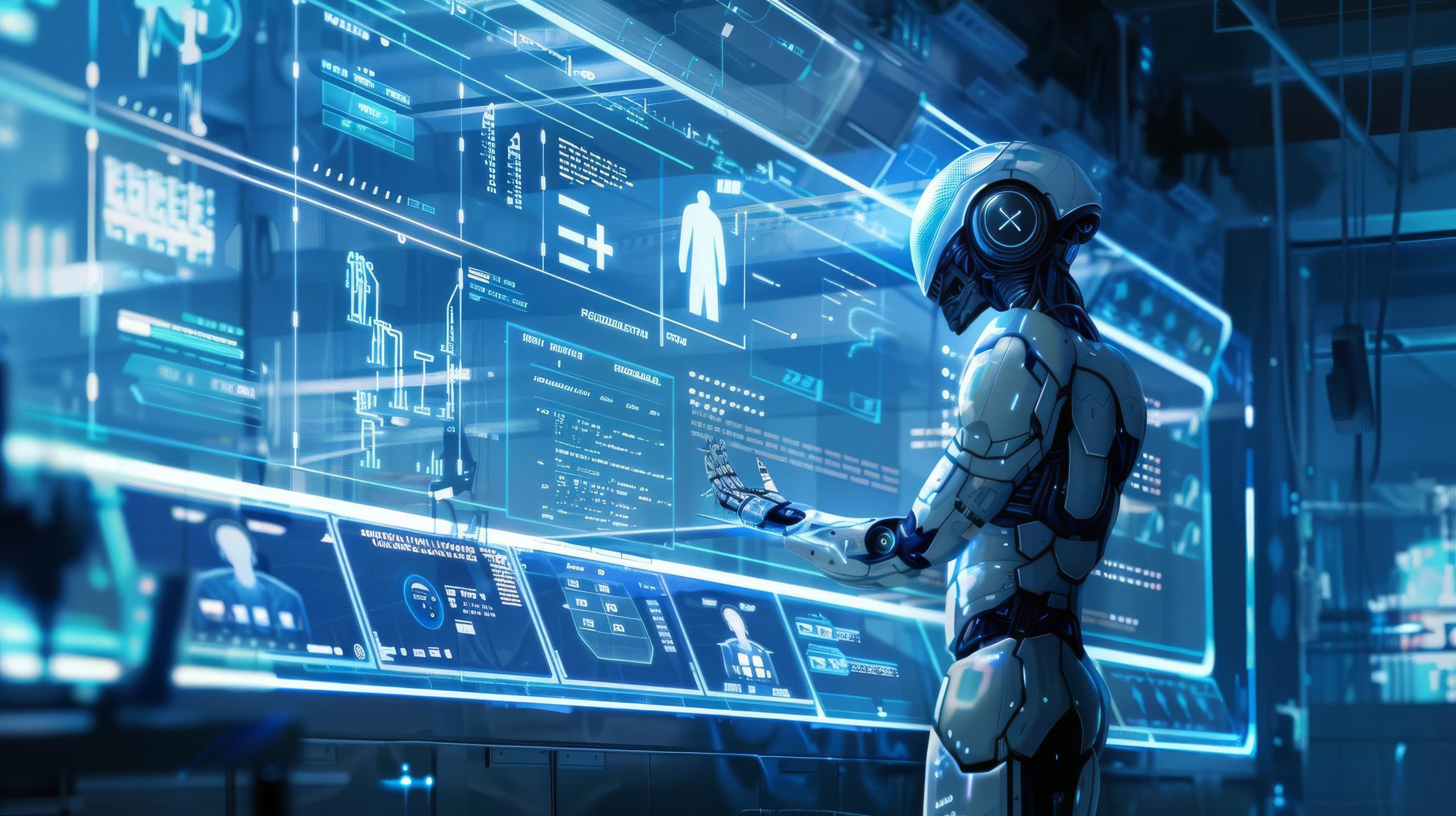
Keeping Humans in the Loop
Despite all this technological advancement, human teachers and trainers aren’t going anywhere. In fact, AI is going to make them more important than ever.
Think about it: when AI handles routine tasks like grading multiple-choice tests, tracking progress, and answering basic questions, human educators are freed up to do what they do best – inspire, motivate, provide emotional support, and help learners develop critical thinking and creativity.
The most effective learning environments of the future will combine AI’s analytical power with human wisdom, empathy, and insight. It’s not about replacing teachers; it’s about giving them superpowers.
Getting Started
For organizations aiming to integrate AI into their learning programs, here’s practical, learning-focused advice drawn from real-world implementations:
- Start with Targeted Learning Use Cases:
Don’t try to transform your entire learning ecosystem overnight. Begin with specific, high-impact applications—like using AI-powered chatbots to answer common learner questions or implementing learning analytics to identify struggling students early. - Upskill Your Learning Teams:
Ensure instructional designers, trainers, and L&D professionals understand both the capabilities and limits of AI in learning contexts. AI tools are only as effective as the educators designing and managing them. - Choose EdTech Partners, Not Just Tech Vendors:
Work with solution providers who deeply understand pedagogy, curriculum design, and learner behavior—not just technology. Ask them about accessibility features, data privacy standards, and how their tools support instructional goals. - Put Learner Feedback at the Center:
Actively collect and act on feedback from learners interacting with AI-driven systems. Their insights will help you refine content, personalize delivery, and ensure the tech truly supports learning outcomes. - Plan for Future Learning Needs:
AI is evolving fast. Build a roadmap that considers emerging trends like adaptive content, emotion-aware systems, and skills-based learning. The decisions you make now will shape how your organization learns in the years to come.
The Road We’re Traveling
Looking back over the evolution of educational technology, many promised revolutions ended up as expensive experiments gathering dust in storage closets.
AI and machine learning feel different. They’re addressing real, long-standing challenges in education—such as how to personalize learning at scale, provide immediate and meaningful feedback, identify struggling learners early, and make high-quality education accessible to all.
We’re not there yet. The technology still has limitations, and implementation challenges like privacy, infrastructure, and equity remain critical. But the early outcomes and growing adoption across sectors suggest that this isn’t just another trend—it’s a foundational shift.
A growing body of research and investment reflects this momentum. According to Grand View Research, the global AI in education market was valued at USD 5.88 billion in 2024, with projections reaching USD 32.27 billion by 2030 (CAGR of 31.2% from 2025–2030). Other respected analysts, like Allied Market Research, forecast even more significant growth, estimating the market could reach USD 88.2 billion by 2032.
This rapid growth tells a compelling story: AI is no longer experimental—it’s becoming a cornerstone of future-ready learning systems. Organizations, educators, and governments alike are investing not just in tools, but in new models of teaching and learning powered by intelligent systems.
Looking Forward
The integration of AI and ML into eLearning represents one of the biggest shifts in education since we moved from oral tradition to written texts. We’re moving toward a future where learning truly adapts to each individual, where quality education is accessible regardless of geography or economic status, and where teachers are empowered with insights and tools they never had before.
This transformation won’t happen overnight, and it won’t be perfect. There will be bumps along the way, failed experiments, and unintended consequences we’ll need to address. But the destination – more effective, personalized, and accessible education for everyone – is worth the journey.
The question isn’t whether AI will transform learning; it’s already happening. The question is whether we’ll guide that transformation thoughtfully, keeping human values and needs at the center while harnessing technology’s power to unlock human potential.
The future of learning is bright, personalized, and surprisingly human – powered by the intelligent combination of artificial intelligence and human wisdom. Whether you’re a student, educator, or organizational leader, now is the time to explore how these technologies can enhance learning journeys and help people reach their full potential.
Education stands at a crossroads where technology meets humanity, and the path forward promises to unlock learning potential in ways we’re only beginning to imagine. The transformation is underway, and those who thoughtfully embrace these changes will shape the future of how knowledge is shared, absorbed, and applied across the globe.

